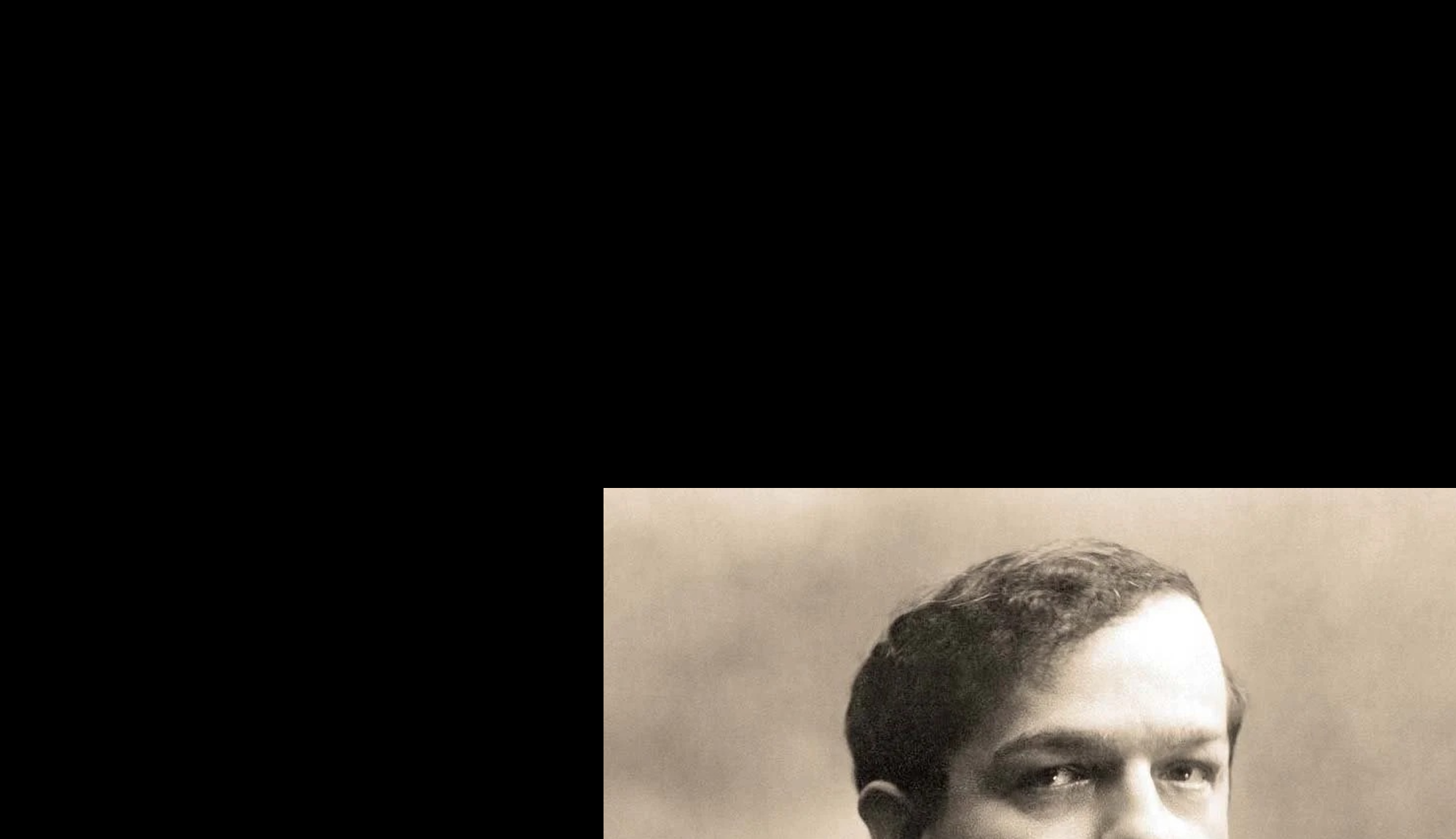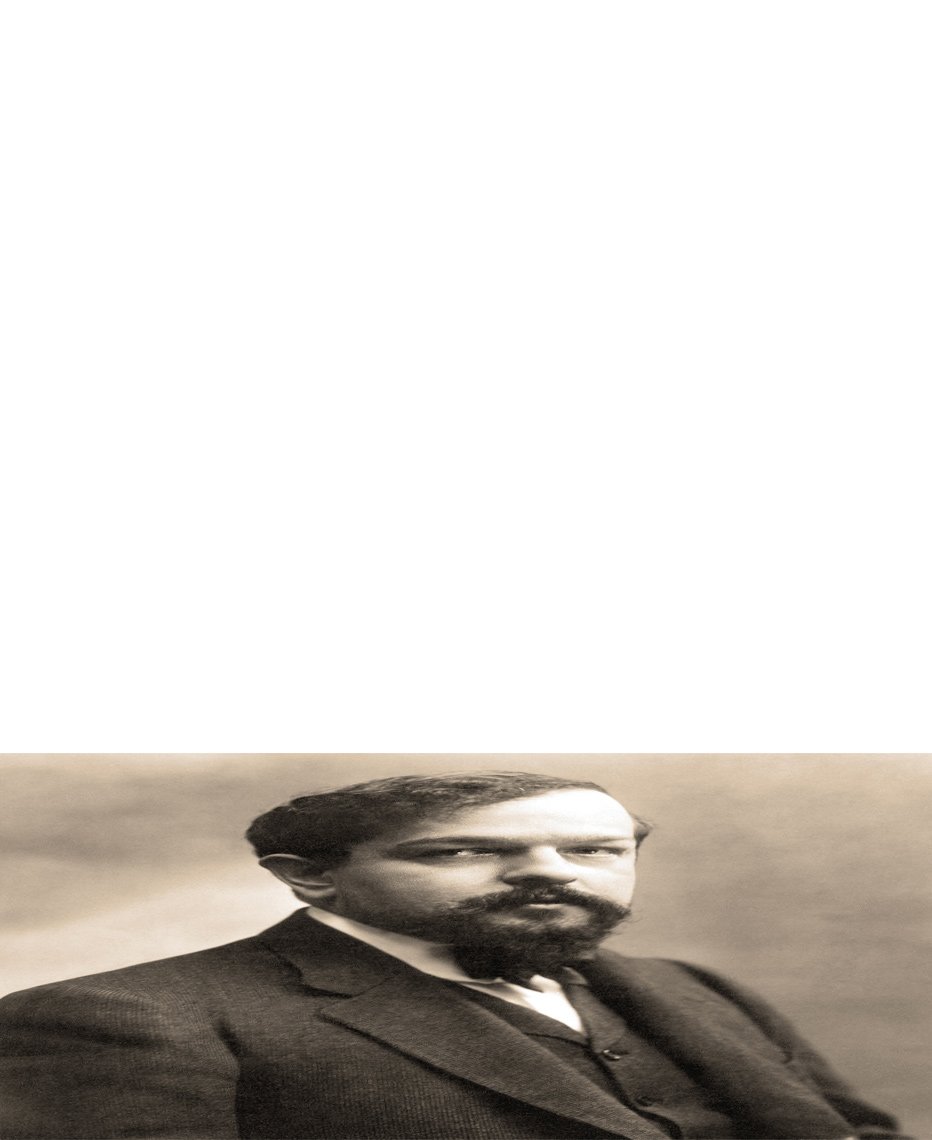White Space Is Not Empty Space
One of the most challenging requests I get from clients when reviewing design is, “Can you fill that empty space with something?” Despite explaining that white space (perceived by some clients as “empty space”) actually serves a purpose in the design, the client sometimes persists until the page is filled with “stuff” to their satisfaction.
I don’t blame my clients for being unaware about the importance of white space in design. I’m sure my mechanic doesn’t blame me for being ignorant about the importance of ball joints or brake lines when I ask her how long I can continue to drive my car before the situation is really dangerous. Her answer is usually, “Last week.”
So what’s an effective way to illuminate my clients about the importance of white space in design?
I could write 1,500 words about how white space:
provides structure and aesthetic balance for elements on a page
creates a “resting place” for the eyes (and brain) in the midst of dense content
helps distinguish one piece of content from another
can emphasize and highlight a visual element when generously surrounding it
makes scanning and digesting long passages of text easier
But I won’t.
Instead, I ask you to consider the following two pieces of music.
The first one is an excerpt from “Clair de Lune,” a quiet, contemplative, and slightly melancholy piece of music written by Claude Debussy.
The second piece is an edited version of “Clair de Lune” with all of the white space (pauses) removed. A shout out to my son, William, who masterfully edited the audio file.
The second example in which all of Debussy’s “white space” is removed is technically still his music; it contains all the same notes in the same order that he composed them. But it doesn’t communicate the same tone or contain the nuance of the unedited piece.
My mission as a designer is to help my clients develop an authentic brand and effectively communicate their brand visually. White space plays an important role in that process.
So the next time you see “empty space” on the page don’t assume it was an oversight by a designer but trust they have carefully considered the white space.



